Hello
Ahhhhhhh okay. Fine!
Greets
Hello
Ahhhhhhh okay. Fine!
Greets
So you think that if your very close (underneath) a transmission tower or gateway then the normal omni (that has gain out to the horizon) will not pick your signals at all ?
Under a antenna you have the worst reception requirements.
Not more, not less.
Your GW (antenna) can recieve transmissions from nodes by reflection on buildings and other factors.
Somtimes RF are magic!
Hi Forumers/RF knowledgeable folks! . a quick challenge:-)
I have opportunity to use a metal mast to host a LoRa GW. mast will be 7-10m high and I will likely be able to ‘mount’ at around 4-7m depending. Sadly I cant use very top/go above mast so have a slight dilema as described in diagram. Any suggestions on how to merge a dual ant install. Ants yet to be chosen but likely will be 3-5dBi models.
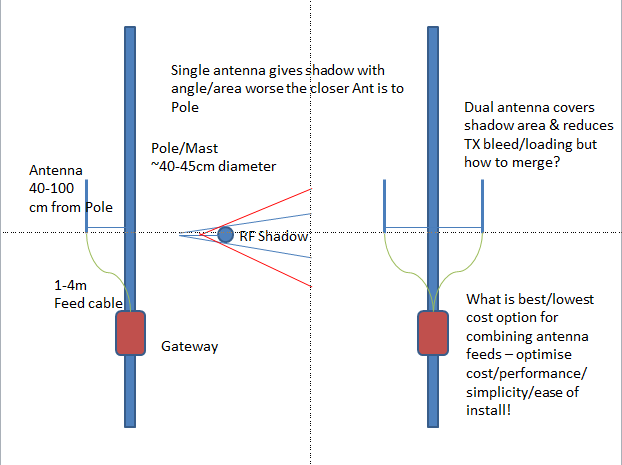
Combining two omni antennas around a single pole is not a good idea.
This configuration will produce a heavily interferred radiation pattern.
It is best to position a single antenna at either 1/4 or 1/2 lambda from the centre pole.
Depending on the service area of your gateway I would choose one of these two options.
The radiation pattern of a omni antenna 1/4 lambda before the mast:
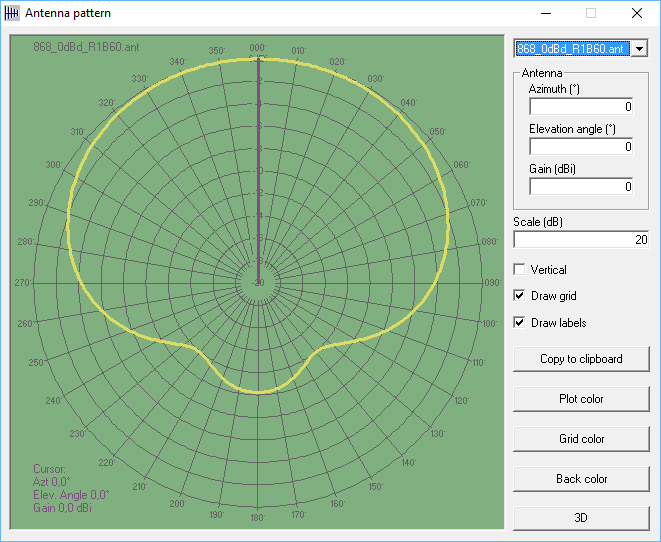
The radiation pattern of a omni antenna 1/2 lambda before the mast:
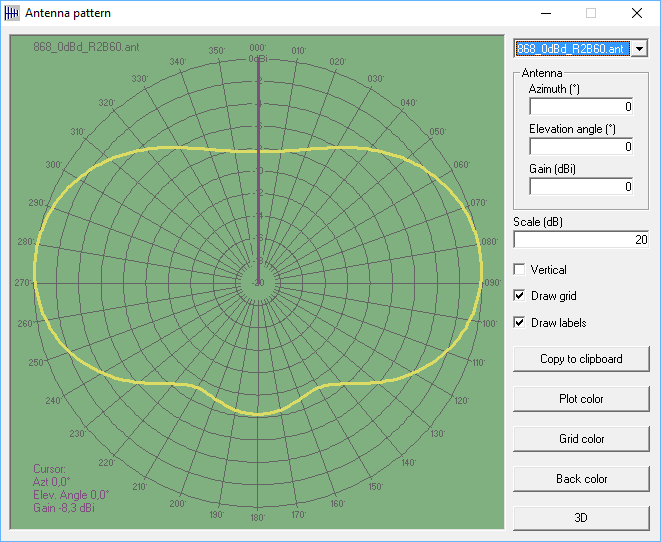
Both antennas are on an arm aiming north on these pictures.
The antenna in the following image is used for a gateway in the North of our city and is aming to the city-centre. The red arrow is the gateway antenna
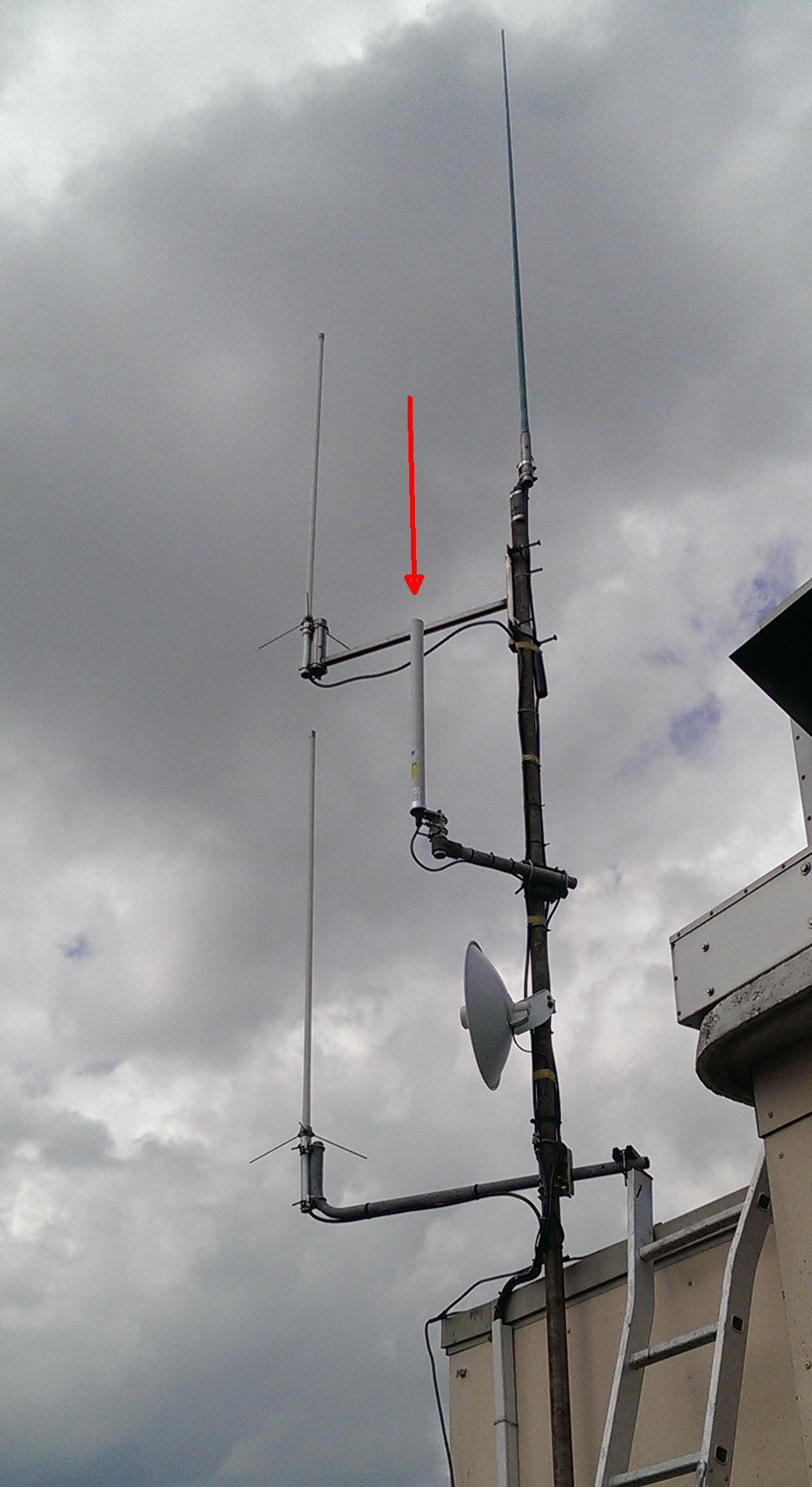
Thanks @pe1mew, was afraid of that. Problem is major area of desired coverage is say 90deg angle ‘into the page’ direction but there is a major transport link/ area of interest that runs left-right for several miles in near straight line 30-300m in front of mast and a small development running up a hill in direction out of page so just one ant one side or other a problem - only option for single ant maybe the side opposite view and ‘in the page’! Would there be any benefit in staggering ant’s vertically say 2-3m offset? Also I doubt I will get option to be precise (within 4 or 5cm at best) wrt 1/4 or 1/2 wavelength placement - likely will be many wavelengths distant from pole as will be using arm/mount I wont control 
Just saw the plots & pic down load also. Looks like you are on a relatively thin pole my mast is some 40-45cm diameter 
Gateways are [relatively] cheap. Why not put in 2 gateways, 1 on each side of the wide pole? I run multiple gateways in close proximity to eachother with no sign of any inter-gateway interference of any type on RF or on backhaul. Easy to put 2 gateways in 1 enclosure.
Not a bad idea as am running 4 side by side in co-lo & comparison/eval tests at the moment but $4-600 GW vs $25-50 ant was a bit rich! vs poss a 'mixer…  esp as its likely this situation will arise in another 10-15 places in coming months.
esp as its likely this situation will arise in another 10-15 places in coming months.
@Nordrunner, thanks sharing information, unfortunately I’m unable to find the code you use for the gateway test (pictures above)
Would we be able to provide direct links so user can find it, just download flash and use ?
If you prefer I can incorporate it on repo also, just let me know.
God morning @Charles,
yeah, the direct link will follow! I think I‘ll manage it In the evening. I‘ll let u know 
@ Nordrunner
The antenna you are talking about, the omni-directional coherent 0dBi antenna, does not excist in the real world. Isotropic radiator - Wikipedia
Usually in area’s without mountains or valleys, a antenna that directs (almost) all of its energy towards the horizon will be good, so a antenna with more directional gain, in the vertical plane, will do better. If you are on a mountain and want to radiate into the valley you will do better with a groundplane or a vertical dipole.
You cannot compare a LoRa gateway with a cell-tower. There is a price difference of one or two magnitudes. Cell-tower antenna’s are always highly directive
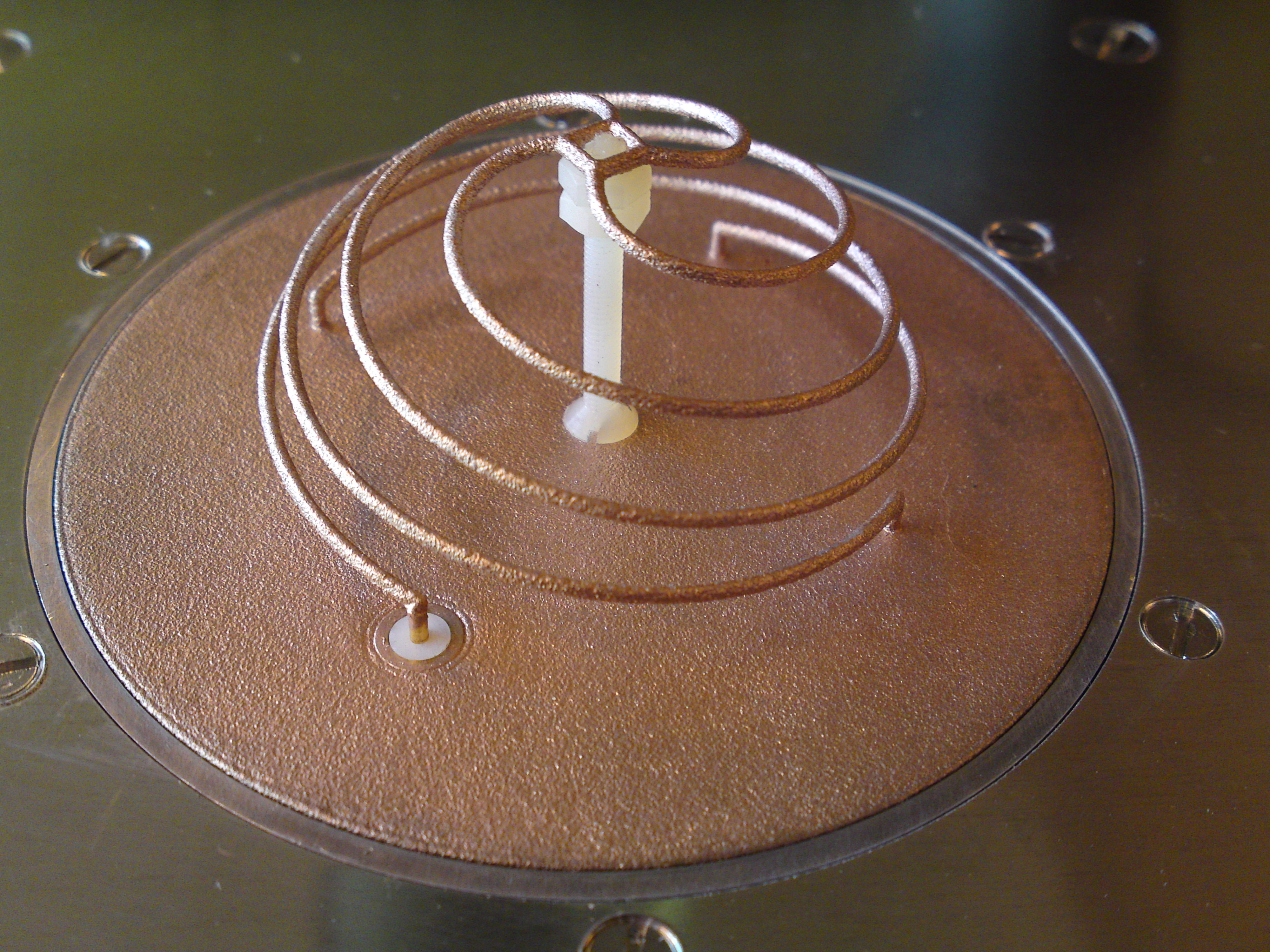
Mind twisting
Beam me up Scotty (axial helix)
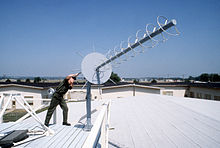
Scotty ‘Home Edition’ (axial helix)
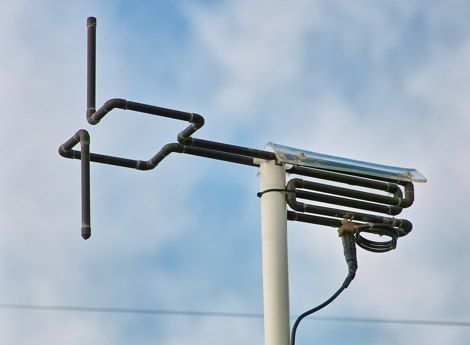
Hot and cold water
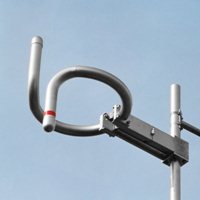
Nice curves (how to call this: the most essential center-fed helical dipole?)
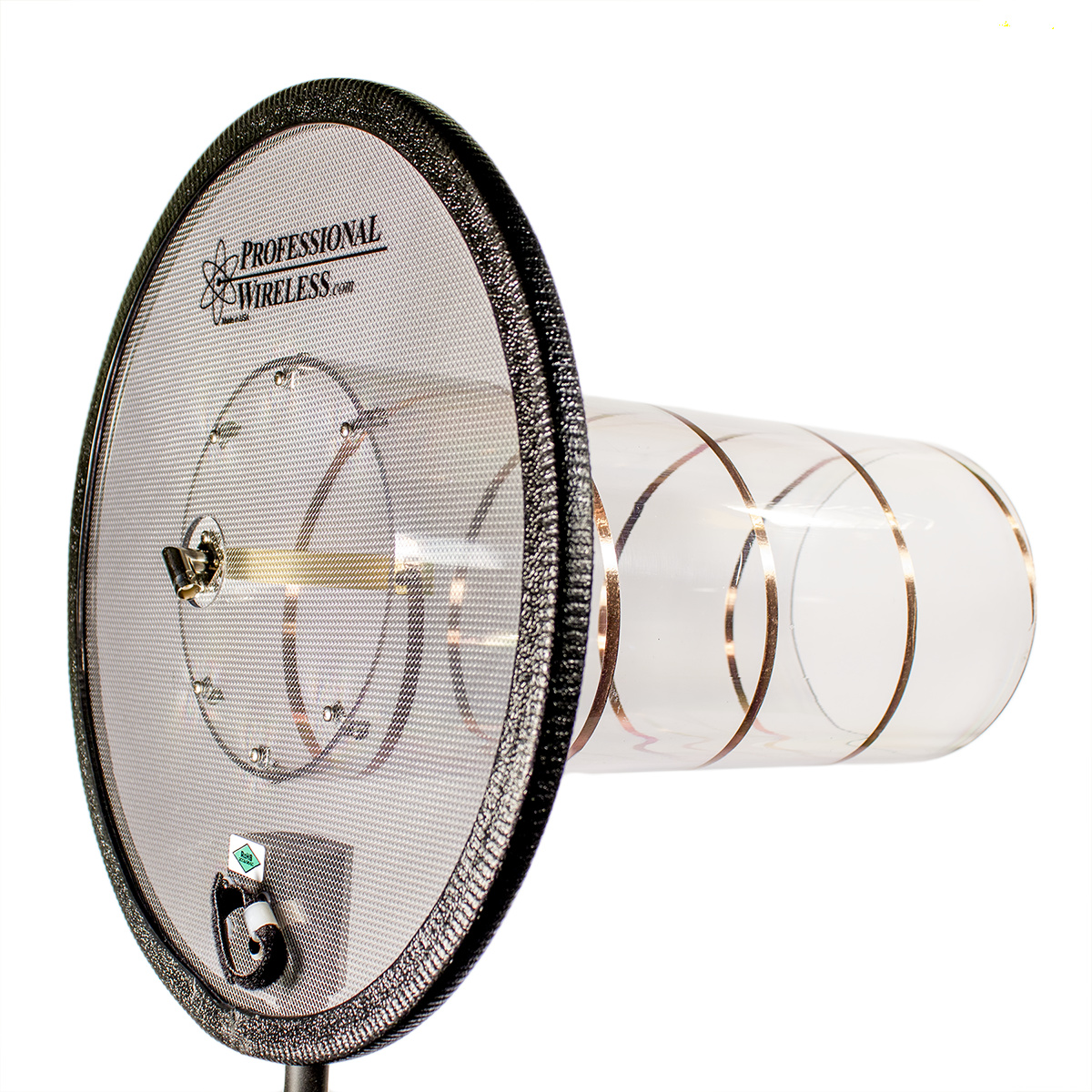
Latest model taser canon for police forces (not  )
)
The advantage of a 868Mhz helix antenna is its around the right size to double up as a drinks mixer.
So I ordered that Aurel GP 868 with a BNC to SMA adapter. Now I’m a complete amateur when it comes to RF and have a -probably- naive question:
The Aurel comes with a 75 Ohm cable and F-connector on the antenna side. Everyone here talks about this LMR-400 cable, which apparently you can’t have with the F-connector, but which would offer 50 Ohm and less loss. I’m tempted to buy a F-to-BNC-adapter (which I have seen), and use LMR-400 with BNC and SMA terminals instead of the cable that’s included with the antenna.
Can you explain if that’s sensible, or if it’s overkill or futile, and why? RF really is the hard stuff…
my antenna came with an 50 Ω cable ??
that RG56 is fine… no problemo 
Ah - sorry. I got confused. Yes, it says 50 Ohm, but I read somewhere else that “F connectors always mean 75 Ohm cables”, but that may have been a simplification then.
It would be odd for a 1/4 wave vertical with radials to come with anything other than 50 ohm cable, the point of the angled radials is to bring the antenna close to 50 ohm.
The LoRa devices are notionally 50 ohm too, so 50 ohm cable and 50 ohm antenna makes for the maximum transfer of power.